10 Hardest AP Psychology Practice Questions
The AP Psych Exam questions involve critical thinking, analyzing graphs and data, and making scientific investigations on case studies. While the content can be tricky, a majority of students pass the exam and around 22% of students score a 5. This post will cover some of the more difficult AP Psych questions and what makes them so difficult — then we’ll show you how you can get them right. We also offer tips on how to take the exam and basic information on the exam layout. Whether you get a 2 or a 5 on the AP Psych exam, it’s unlikely to affect your admissions chances in a large way. Colleges don’t typically consider your AP scores in admissions; you don’t even have to report them unless you want to. The more important measures of your performance are course rigor and GPA. Basically, how many APs you take and what grades you get are more important than your exam scores! To understand how your course load impacts your college changes, use our free chancing engine. It will let you know your odds of acceptance at over 500 colleges, based on your grades, test scores, extracurriculars, and demographics. Keep in mind that it can’t account for essays and rec letters, which are also considered in the process; essays are especially important. If you’ve never taken an AP exam before, the anticipation can be tortuous. The pressure of standardized testing situations — the flickering lights, the test administrator, the eerie quiet of your peers — can cause some students to perform poorly. It is important to remember that an 5 on an AP exam does not determine if you will get into college, it only determines what courses you may take once you get there. Use this stress to encourage more studying, but don’t overwork yourself. The AP Psych exam is one of the more common tests so there are a lot of public AP Psych questions to study. The AP Psych exam is a very straightforward test made up of two parts: multiple choice and free-response. These sections combine to be only two hours, one of the shortest AP exams! This is great news for students that struggle with test anxiety because there is much less to stress about. Furthermore, College Board offers digital practice exams; however, these don’t give the full experience of being in the test-taking environment (though there is a digital test option for 2021). 70 minutes are given for the 100 multiple choice questions that start the exam. This portion is worth two-thirds of the exam. The AP Psych questions for the multiple choice section will consist of vocabulary, knowing scientists and the work they’ve done, and taking principles of psychology and “diagnosing” possible situations with psychology terminology. The subsequent section is the two free response questions where students have 50 minutes to write as much as they feel is necessary. This section is only worth one-third of the total score. Although this is shorter than the previous section, some students argue that this section requires more work. The free-response portion of the AP psych exam questions has two subsections: a “concept application” and a “research design” question. The “concept application” will describe a situation, maybe giving you a character in a social situation or an action that has taken place, and ask you to describe, diagnose, and hypothesize how a few psychology concepts are applicable. The “research design” question asks students to design a research experiment that either supports or refutes a given hypothesis. To grade the AP Psych questions in the multiple choice section, graders assign one point per question, for a total of 100 points. Pretty simple. To score the free response section, each of the two questions are assigned 7 possible points. Your total is multiplied by 3.57 to accumulate a total of 50, making a grand total of 150 available points on the AP Psych Exam. The scores are curved each year to make sure that students are rewarded for their hard work, so in the 2020 test cycle, the minimum a student needed to score a 5 on the AP Psych Exam was 113. Although the test is heavily weighted towards the multiple choice questions, they are the more straightforward part of the test. Because of this, College Board combines seemingly easy questions with obviously difficult questions. Be sure to review your answers if you have extra time at the end of this section. The AP Psych questions that require more time and effort up-front are the free-response questions. There is no limit to how much a student can write so be sure to exhaust all ideas that pop into your head. Question 1 The correct answer to this question is 4, Sublimation. Sublimation is a mature type of defense mechanism where socially unacceptable impulses are transformed into socially accepted actions (though we don’t recommend yelling at your mother). This question focuses on the definition of psychology terms and the application of those terms to real-life situations. Question 2 The correct answer is B this is because arriving on time for work is an attribute that is not inherently programmed into humans. Work is a cultural construct instead of a psychological construct. This question is fairly straightforward if you can make this distinction. Question 3 The correct answer is D for the above question. Because the sample may not have been representative, her answer is biased and therefore not valid. People who were unhappy with their children may have been more inclined to respond to the columnist than those who were happy. The answer to this question comes from thinking critically about the advice columnist’s situation. The AP Psych exam expects you to know the difference between polling people on the street and a valid scientific study. If the study in the above question had randomly selected participants in a chosen population and those participants had no outside motivation, this would have been a valid study. Because this was a casual newspaper column, it cannot be considered a valid study. Question 4 The correct answer for the above question is A. This can be a tricky question for test-takers because in the heat of the moment, they get confused and say that .89 is the strongest correlation. The -1.00 indicates the strongest negative correlation, which is a correlation just the same. For this question, it is paramount to go slowly and remember the basics. This will help you from making small mistakes throughout the rest of the exam. [amp-cta id="9459"] Question 5 To score this free-response question, graders assign the first three points to explaining the source of the headache, the dizziness, the difficulty reading, and the impaired auditory comprehension. These could be talking about injury to certain regions of the brain, including Wernicke’s area. The next four points are assigned to the design of your experiment. One point is given for an adequate answer to each of the listed categories. This is a typical assignment of the free-response question points. Question 6 Points are awarded in this essay for each argument you present for both sides of the nature-nurture debate. Examples to answer the nature side of the “shyness” portion could be citing: The nurture portion could be answered by noting: Question 7 Points are awarded in this essay for addressing the sensory and brain issues in section A. Because this is the largest section, the majority of points are awarded here. When reading a question, think critically about which part elicits the biggest response and devote the most time there; you don’t need to be egalitarian with your writing. For sections B and C, a test-taker can accumulate points by presenting arguments on how flight-or-flight works and describing one of many theories, including Schachter’s two-factor theory or Lazarus’s cognitive appraisal theory. Question 8 This question can be hard for students that are unfamiliar with some of these terms. The points are awarded based on how valid a connection you’re able to argue. This isn’t to say that you have to support each answer with two pages of research; rather, that being as clear as possible is crucial. Some students are surprised by this question because they think that vocab is relegated to the multiple choice section. It is throughout the test! Question 9 For this research design question, it is important to define the parameters of the experiment: question, hypothesis, and ethics. Following this, points are awarded for each of the categories. You should spend the most time on the final section because this will prove if you understand how the experiment works. Question 10 To decode the point scoring in this essay, it is critical to look at how many examples are required for each section. The more examples required, the more points awarded. If you aren’t feeling confident about one of your answers, take a guess and list something. The most important thing that you can do is put something down when they ask you to list something. When answering the final section, it is important to make an obvious distinction between these two characteristics. Because it’s a confusion that the public faces, you must make your explanation lucid. If you haven’t already, you should speak to your teacher to learn more about what the AP test may entail in your area. Your school may have different practices and protocols for administering the AP exam, be sure to know what’s going on! The content in AP isn’t overwhelming if you take it bit by bit. Try to learn one new piece of psychology vocabulary every day. If you’re looking for a bigger challenge, try to answer a free-response question once a day as well. With enough practice, the real test won’t seem so scary! Check out these CollegeVine resources for more help with your studying: What’s Covered:
How Will AP Scores Impact My College Chances?
Overview of the AP Psychology Exam
Exam Layout
Scoring
10 Hardest AP Psychology Questions
Multiple Choice
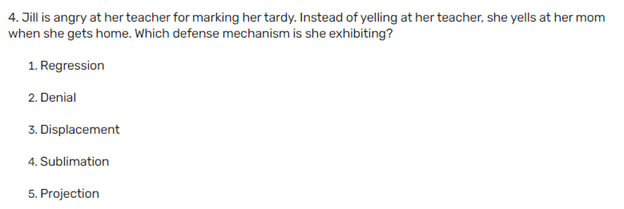
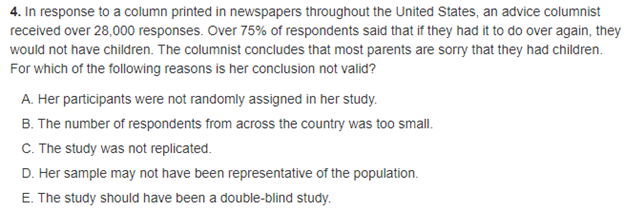



Free-Response
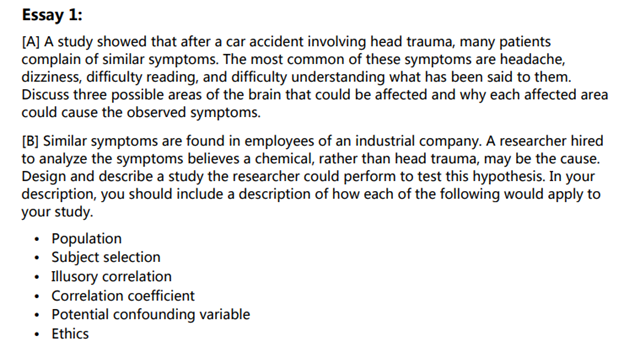
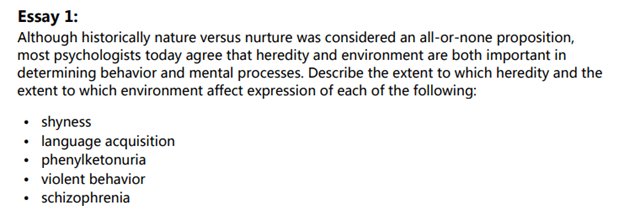


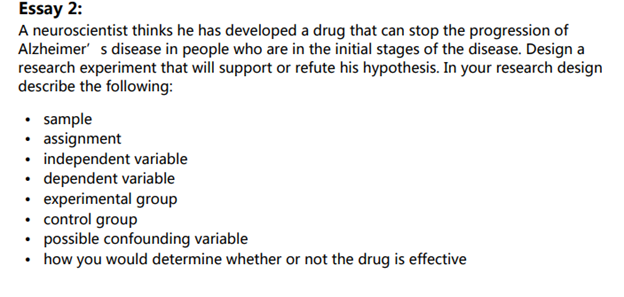

Final Tips




